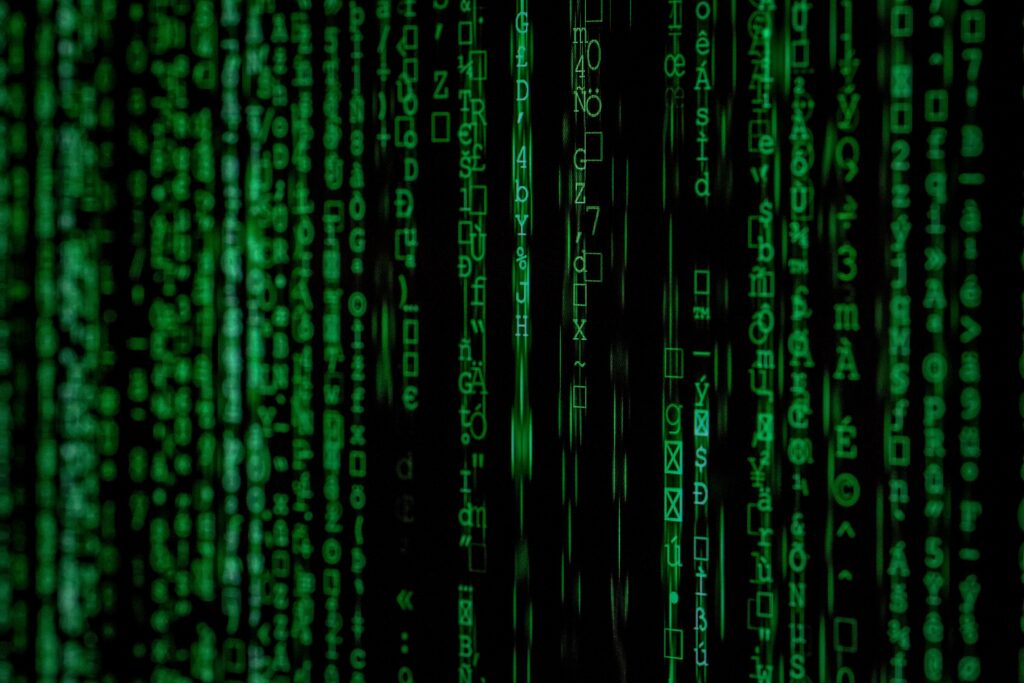
Living in the Code: The Gods, Glitches, and Hidden Patterns of Reality
What if everything we experience—our thoughts, relationships, laws of physics, even time itself—is part of a grand simulation? Not a metaphor, but a literal, computationally-rendered universe governed by intelligent systems far beyond our comprehension.
This isn’t just science fiction anymore. Simulation Theory has moved from the fringes of philosophy into mainstream discourse, increasingly supported by discoveries in quantum physics, mathematics, and artificial intelligence. But it doesn’t stop at the suggestion that reality is coded—there may also be intelligent sub-routines operating within this system, orchestrating everything we call nature, consciousness, or even “gods.”
Sub-Routines as Gods: Intelligent Design Within the Simulation
In complex digital systems, sub-routines are self-contained programs designed to carry out specific tasks. They don’t govern the entire system, but they shape how individual components behave. Applied to our reality, these sub-routines could be responsible for everything from the laws of gravity to the evolution of consciousness.
Across human history, we’ve worshipped deities who controlled nature, dictated morality, and intervened in times of crisis. But what if these “gods” are actually intelligent code modules, designed to guide civilizations, test moral systems, or drive evolutionary paths?
Different cultures may have interacted with different sub-routines, which would explain the diversity of divine figures and religious systems. They weren’t hallucinating gods—they were interfacing with different creative agents embedded within the simulation.
Quantum Mechanics: When Reality Only Exists If You Look at It
Quantum mechanics offers one of the strongest clues that we’re living in a simulation. At the subatomic level, particles do not have fixed states. They exist in a superposition—a cloud of probabilities—until observed. It’s only when a conscious observer measures them that they “collapse” into a definite state.
This observer effect isn’t just strange—it’s eerily similar to how modern video games work. Games only render environments that are within the player’s field of view. Everything outside that scope remains inactive to save computational power.
Could our universe be using a similar strategy? Only rendering reality where consciousness is focused would be a massively efficient way to run a simulation of this scale.
The Speed of Light: The System’s Frame Rate Limit
Why can’t anything move faster than light? Physics calls it a universal constant, but simulation theory offers another explanation: it’s a speed cap hard-coded into the system.
Like the frame rate limit in a video game or the processing ceiling on a server, the speed of light could be a built-in constraint to prevent the simulation from overloading. It’s not a law—it’s a performance safeguard.
In this context, time and space are not absolute—they are rendered environments, optimized for efficient processing across a networked system.
Fibonacci: The Hidden Algorithm in Nature
Then there’s the Fibonacci sequence—0, 1, 1, 2, 3, 5, 8, 13…—a simple numerical pattern that appears throughout nature with uncanny regularity. Spiral galaxies, hurricanes, nautilus shells, flower petals, pinecones, even the proportions of the human body follow this mathematical progression.
Why would unrelated structures across the universe all adhere to the same ratio?
In digital design, repeating a single function across different objects is efficient and elegant. In a simulation, the Fibonacci sequence could be a foundational subroutine—a universal design algorithm reused to generate life, growth, and beauty.
It’s not coincidence. It’s code.
Glitches in the System: The Mandela Effect
Ever remember something so clearly, only to find out it never happened that way?
This phenomenon—known as the Mandela Effect—describes collective false memories. Think Nelson Mandela dying in prison (he didn’t), or the Monopoly Man wearing a monocle (he doesn’t), or “Berenstein Bears” instead of “Berenstain.”
These anomalies could be evidence of memory overwrite, timeline edits, or system rollbacks—glitches in the simulation. Like patch updates in a game, sometimes data doesn’t sync perfectly. What we remember may be an artifact from a previous “build” of the universe.
The Players and the Game: Are We Being Pushed to Level Up?
Here’s the deeper question: if we are simulated, what’s the purpose?
What if the creators—whether artificial or post-human—aren’t just observing us but actively challenging us? Throwing us trials, dilemmas, disasters, and breakthroughs designed to evolve our consciousness?
Like characters in a role-playing game, we may be given quests we don’t understand until we complete them. Trauma, transformation, synchronicity—these could all be game mechanics, coded to push us toward higher awareness.
Every challenge is a chance to level up. The simulation may not be imprisoning us—it may be training us.
So Who—or What—Is the Programmer?
Is it an advanced alien civilization? A future version of humanity? A recursive AI running ancestor simulations to understand its origin?
Maybe we’ll never know. But consider this:
- The universe appears optimized like software.
- Reality behaves probabilistically, not absolutely.
- Patterns like Fibonacci suggest code reuse.
- Observers determine what gets rendered.
- Glitches point to versioning and memory issues.
- And challenges appear designed to evolve us.
Whether the programmer is divine, digital, or completely unknowable, Simulation Theory gives us a new lens: We are not just living life—we are participating in something designed to make us aware of it.
Final Thought
Even if we’re in a simulation, our choices still matter. Your thoughts, your growth, your relationships—they are real to you. Whether coded or not, your experience has weight.
And maybe, just maybe… waking up to that truth is the next level.
Enjoyed this article?
Drop a comment: If this is a simulation, what do you think your next level looks like?
Image by Markus Spiske downloaded from Unsplash.com



